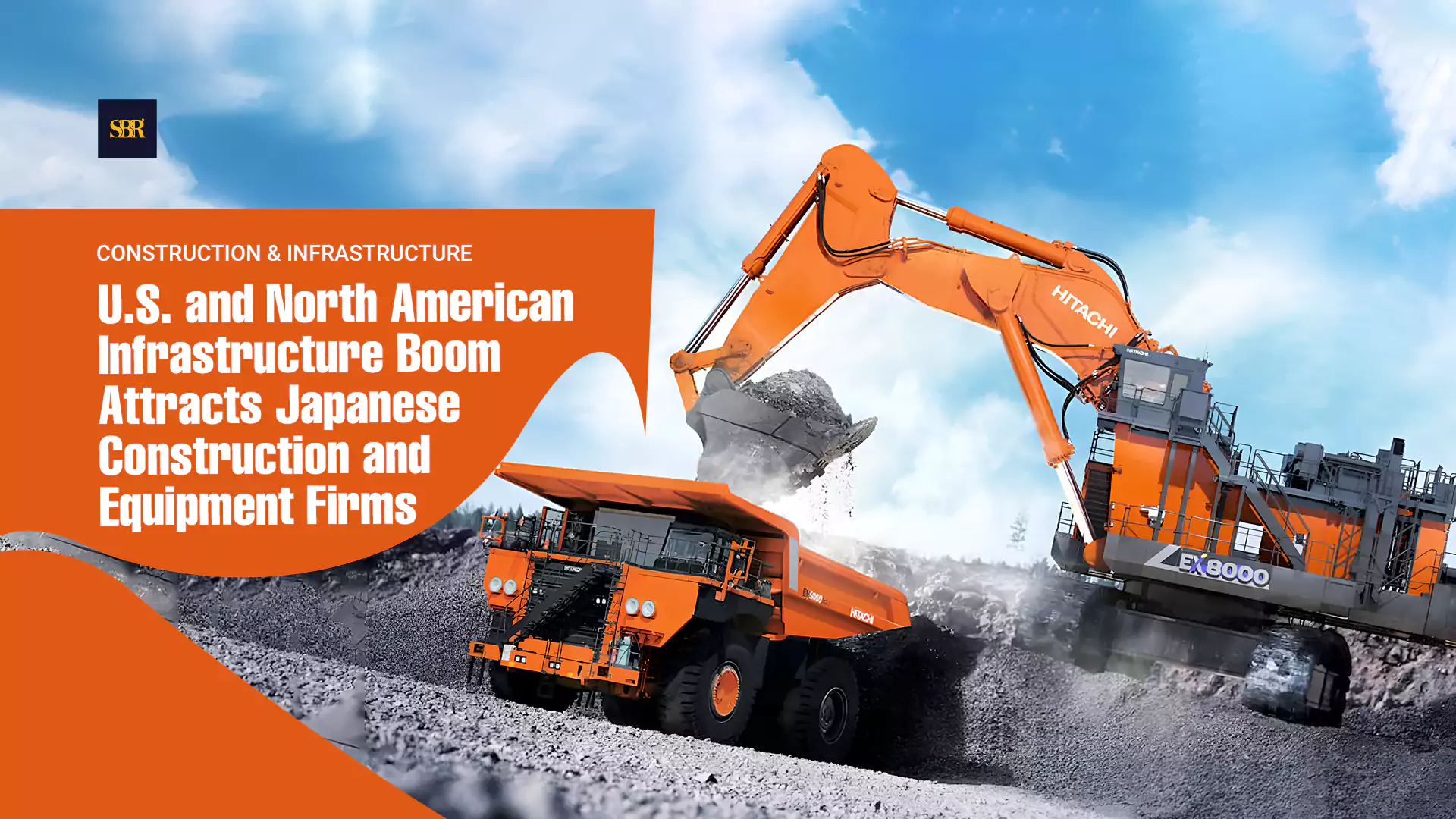The shipping and logistics industry is experiencing robust growth fueled by a confluence of factors that underscore its pivotal role in the global economy. Some of these growth drivers include:
E-commerce Expansion: The continued growth of e-commerce is a significant driver for the shipping and logistics industry. The demand for fast and reliable last-mile delivery services has increased with the rise in online shopping.
Globalization: As businesses expand globally, the need for efficient cross-border logistics and supply chain management has grown. International trade and the globalization of supply chains contribute to increased demand for shipping and logistics services.
Technology Adoption: The integration of advanced technologies, such as IoT (Internet of Things), RFID (Radio-Frequency Identification), GPS tracking, and automation, enhances efficiency and transparency in logistics operations. These technologies lead to improved real-time tracking, route optimization, and overall supply chain visibility.
Evolving Customer Expectations: Consumers expect faster and more reliable delivery options. Meeting these expectations requires logistics providers to invest in innovative solutions and strategies, such as same-day or next-day delivery services.
Sustainability Initiatives: There is a growing focus on sustainability and environmentally friendly practices in the shipping and logistics industry. Companies are adopting greener technologies, alternative fuels, and eco-friendly packaging to reduce their carbon footprint.
Supply Chain Resilience: The COVID-19 pandemic highlighted the importance of resilient and adaptable supply chains. Companies are investing in technologies and strategies to enhance supply chain visibility, agility, and risk management.
Cross-Border E-commerce: The growth of cross-border e-commerce has increased the demand for efficient international shipping and customs clearance services. Logistics providers that specialize in facilitating global trade stand to benefit from this trend.
Infrastructure Development: Investment in infrastructure, including ports, airports, and transportation networks, is critical for the growth of the shipping and logistics industry. Infrastructure improvements can enhance the efficiency of cargo movements and reduce transit times.
Rise of Third-Party Logistics (3PL): Many companies are outsourcing their logistics functions to specialized third-party logistics providers to optimize their supply chain operations. This trend is driven by the need for cost-effective and scalable logistics solutions.
Regulatory Changes: Changes in trade policies, regulations, and customs procedures can impact the shipping and logistics industry. Companies that stay informed and adapt to regulatory changes can navigate international trade more effectively.
Emergence of Autonomous Vehicles: The development and deployment of autonomous vehicles, including trucks and drones, have the potential to revolutionize the shipping and logistics industry. These technologies can enhance efficiency and reduce labor costs.
Data Analytics and Artificial Intelligence: The use of data analytics and artificial intelligence in logistics operations enables better decision-making, predictive analysis, and optimization of supply chain processes.
Understanding and leveraging these growth drivers are essential for companies in the shipping and logistics industry to stay competitive and capitalize on emerging opportunities.















